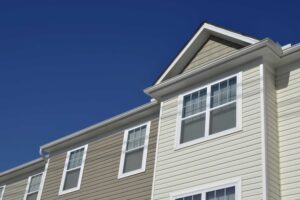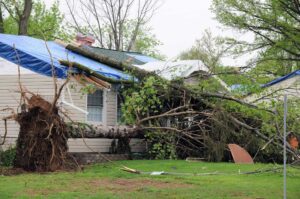Summer is the peak time for many problems that can ruin your roof and make it necessary to repair or replace it. Regular maintenance can significantly reduce the risk of costly repairs, but it’s still important to inspect your roof throughout the year. A roof repair checklist can help you ensure that your roof is in good condition to avoid problems in the future.
Check for Leaks
A leaky roof can be the result of many different kinds of problems. The most common and easy-to-find types of leaks are from broken gutter guards and damaged gutters. If you find them, they should be fixed at once since mold and mildew can be a serious health hazard in your home. In addition to leaks, you should look for signs of dripping or dripping water from your roof or water stains on the ground below.
Examine Your Gutters and Gutter Guards
Gutters and gutter guards must be securely fastened, checked regularly for tightness, and kept clean. They should be replaced, especially if they are over ten years old. Gutters can also channel water toward a roof and cause leaks if they are not properly maintained. During a hose inspection, homeowners should look for gutter and downspout connections that are loose or missing lint traps that might cause the water to get into your home.
Inspect Shingles
Inspect the condition of your roof shingles to check for damage and loose or missing shingles. Hail damage can leave gaps in a single layer or multiple layers, exposing your home to elements that cause more damage. Missing shingles can allow rainwater to leak into your attic and cause problems. Even a tiny tear in a shingle should be fixed as soon as possible to prevent problems.
Check Flashings
Flashings are the materials used to seal around chimneys, vent pipes, and other penetrations of your roof. They are most commonly made of aluminum, but sometimes they can be made of plastic or rubber. Thoroughly check your roof for missing or damaged flashings, especially around any penetrations that are likely to leak.
Check Vent Piping
Vent pipes transport air from one part of the home to another and can carry moisture into a home if they are not adequately sealed. Wind can lead debris into vent pipes, which causes a buildup of minerals that can damage the roof. Check your roof for missing or damaged vent pipes, and make sure they have covers.
Your primary focus should be ensuring your roof is in good condition. Roofs that need repairs or replacements should be inspected as soon as possible to prevent them from worsening. Professionals should be consulted before any extensive repairs, or a new roof is installed.




